Nickname(s) Phantom Major Allegiance United Kingdom Name David Stirling | Rank Colonel Years of service 1937-45 | |
 | ||
Battles/wars World War IINorth African Campaign Died November 4, 1990, Scotland, United Kingdom Similar People Archie Stirling, Sir William Stirling‑Maxwell - 9th Baronet, Rachael Stirling, Chris Ryan | ||
David stirling memorial founder of the s a s please read info
Colonel Sir Archibald David Stirling (15 November 1915 – 4 November 1990) was a British Army officer, mountaineer, and the founder of the Special Air Service. He saw active service during the Second World War.
Contents
- David stirling memorial founder of the s a s please read info
- official sas regimental association david stirling memorial film
- Life before the war
- Second World War and the founding of the SAS
- Private military company
- Great Britain 75
- Undermining trade unionism
- Later life
- Honours
- Additional reading
- References
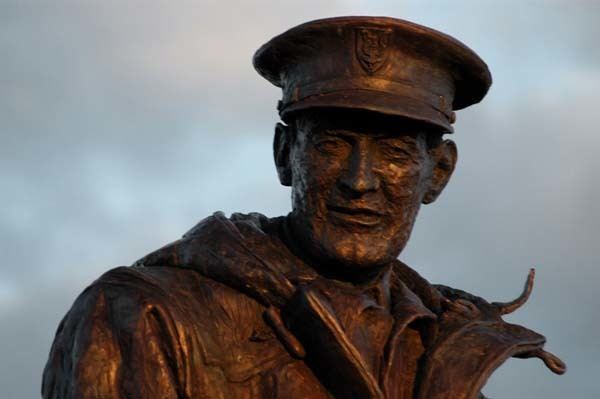
official sas regimental association david stirling memorial film
Life before the war
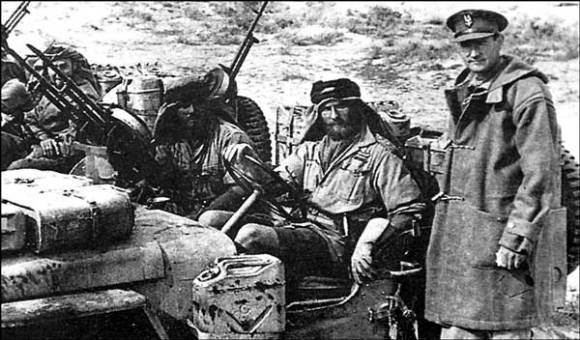
Stirling was born at his family's ancestral home, Keir House in the parish of Lecropt, Perthshire. He was the son of Brigadier General Archibald Stirling, of Keir, and Margaret Fraser, daughter of Simon Fraser, the Lord Lovat, (a descendant of Charles II, King of Scots), and thus Simon Fraser, 15th Lord Lovat was a first cousin. His paternal grandparents were Sir William Stirling-Maxwell, 9th Baronet and Lady Anna Maria Leslie-Melville. He was raised at the Catholic boarding school of Ampleforth College, but attended only a year at the University of Cambridge before departing to Paris to become an artist. A tall and athletic figure—he was 6 feet 6 inches (1.98 m) tall—he was training to climb Mount Everest when World War II broke out.
Second World War and the founding of the SAS

Stirling was commissioned into the Scots Guards from Ampleforth College Contingent Officer Training Corps on 24 July 1937. In June 1940, he volunteered for the new No. 8 Commando under Lieutenant-Colonel Robert Laycock, which became part of Force Z (later named "Layforce").
On 1 February 1941, Layforce sailed for the Middle East, in support of the capture of Rhodes, but were soon disbanded after suffering heavy casualties in the Battle of Crete and the Battle of the Litani River. Stirling remained convinced that due to the mechanised nature of war, a small team of highly trained soldiers with the advantage of surprise could attack several targets from the desert in a single night.
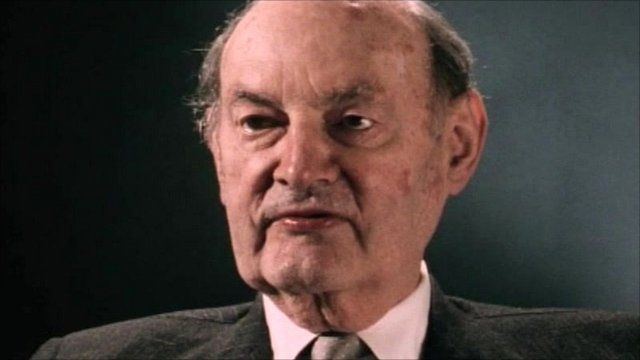
Believing that taking his idea up through the chain of command was unlikely to work, Stirling decided to go straight to the top. On crutches following a parachuting accident, he stealthily entered Middle East headquarters in Cairo (under, through or over a fence) in an effort to see Commander-in-Chief General Claude Auchinleck. Spotted by guards he abandoned his crutches and entered the building, only to come face-to-face with an officer he had previously fallen out with. Retreating rapidly, he entered the office of the deputy chief of staff General Ritchie. Stirling explained his plan to Ritchie, the latter immediately persuaded Auchinleck to allow Stirling to form a new Special Forces unit. The unit was given the deliberately misleading name "L Detachment, Special Air Service Brigade" to reinforce Dudley Clarke's deception of a parachute brigade existing in North Africa.
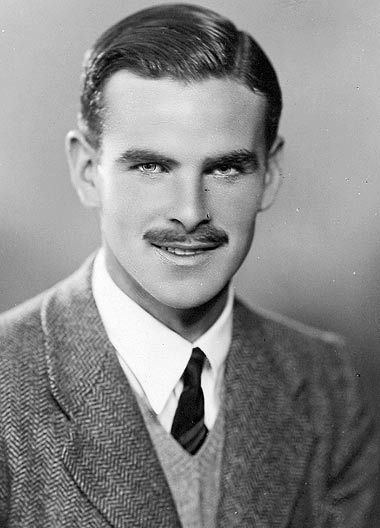
Short of equipment, particularly tents and related gear, at the outset when they set up base at Kibrit Air Base. The first operation of the new SAS was to relieve a nearby well-equipped New Zealand regiment of tents, bedding, tables, chairs, numerous other supplies, including a piano. After at least four trips, they had a well stocked camp.

After a brief period of training, an initial attempt at attacking a German airfield by parachute landing on 16 November 1941 in support of Operation Crusader was disastrous. Of the original 55 men, some 34 were killed, wounded or captured far from the target after being blown off course or landing in the wrong area, during one of the biggest storms to hit the area. Escaping only with the help of the Long Range Desert Group (LRDG) who were designated to pick up the unit after the attack, Stirling agreed that approaching by land under the cover of night would be safer and more effective than parachuting. As quickly as possible he organised raids on ports using this simple method, often bluffing through checkpoints at night using the language skills of some of his soldiers.
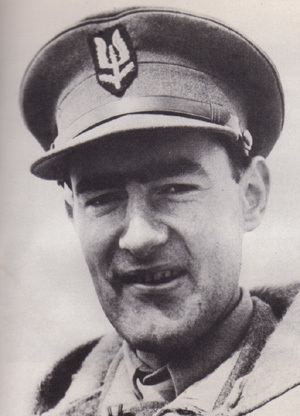
Under his leadership, the Lewes bomb, the first hand-held dual explosive and incendiary device, was invented by Jock Lewes. American jeeps, which were able to deal with the harsh desert terrain better than other transport, were cut down, adapted and fitted with Vickers K machine guns fore and aft. He also pioneered the use of small groups to escape detection. Finding it difficult to lead from the rear, Stirling often led from the front, his SAS units driving through enemy airfields to shoot up aircraft and crew, replacing the early operational strategy of attaching bombs to enemy aircraft on foot. The first jeep-borne airfield raid occurred soon after acquiring the first batch of Jeeps in June 1942, when Stirling's SAS group attacked Bagush airfield along with two other Axis airfields all in the same night. After returning to Cairo, Stirling collected a consignment of more Jeeps for further airfield raids. His biggest success was on the night of 26–27 July 1942 when his SAS squadron with 18 jeeps raided the Sidi Haneish landing strip and destroyed 37 aircraft, mostly bombers and heavy transport, for the loss of one man killed. After a drive through the desert and evading enemy patrols and aircraft, Stirling and his men reached the safety of their advance camp at Qaret Tartura on the edge of the Qattara Depression.
These hit-and-run operations eventually proved Stirling's undoing; he was captured by the Germans in January 1943 having been dubbed "The Phantom Major" by Field Marshal Erwin Rommel. Although he escaped, he was subsequently re-captured by the Italians, who took great delight in the embarrassment this caused to their German allies. A further four escape attempts were made, before Stirling was finally sent to Colditz Castle, where he remained for the rest of the war. After his capture Paddy Mayne, took command of the SAS.
In North Africa, in the fifteen months before Stirling's capture, the SAS had destroyed over 250 aircraft on the ground, dozens of supply dumps, wrecked railways and telecommunications, and had put hundreds of enemy vehicles out of action. Field Marshal Montgomery described Stirling as "mad, quite mad" but believed that men like Stirling were needed in time of war. According to John Aspinall, Stirling reputedly personally strangled 41 men.
Private military company
Worried that Britain was losing its power after the war, Stirling organised deals to provide British weapons and military personnel to other countries, like Saudi Arabia, for various privatised foreign policy operations. Along with several associates, Stirling formed Watchguard International Ltd, formerly with offices in Sloane Street (where the Chelsea Hotel later opened) before moving to South Audley Street in Mayfair.
Business was chiefly with the Gulf States. He was linked, along with Denys Rowley, to a failed attempt to overthrow the Libyan ruler Muammar Gaddafi in 1970 or 1971. Stirling was the founder of private military company KAS International, also known as KAS Enterprises.
Watchguard International Ltd was a private military company, registered in Jersey in 1965 by Stirling and John Woodhouse. Woodhouse's first assignment was to go to Yemen to report on the state of the royalist forces when a cease-fire was declared. At the same time Stirling was cultivating his contacts in the Iranian government and exploring the chances of obtaining work in Africa. The company operated in Zambia and in Sierra Leone, providing training teams and advising on security matters, but its founders' maverick ways of doing business caused its eventual downfall. Woodhouse resigned as Director of Operations after a series of disagreements and Stirling ceased to take an active part in 1972.
Great Britain 75
In mid-1970s Great Britain, Stirling became increasingly worried that an "undemocratic event" would occur and decided to take action. He created an organisation called Great Britain 75 and recruited members from the aristocratic clubs in Mayfair; mainly ex-military men (often former SAS members). The plan was simple. Should civil unrest result in the breakdown of normal Government operations, they would take over its running. He describes this in detail in an interview from 1974, part of which is featured in Adam Curtis's documentary The Mayfair Set, episode 1: "Who Pays Wins".
In August 1974, before Stirling was ready to go public with GB75, the pacifist magazine Peace News obtained and published his plans, and eventually Stirling – dismayed by the right-wing character of many of those seeking to join GB75 – abandoned the scheme.
Undermining trade unionism
During the mid to late 1970s, Stirling created a secret organisation designed to undermine trade unionism from within. He recruited like minded individuals from within the trade union movement, with the express intention that they should cause as much trouble during conferences as permissible. One such member was Kate Losinska, who was Head of the Civil and Public Services Association. Funding for this "operation" came primarily from his friend Sir James Goldsmith.
Later life
Stirling was the founder of the Capricorn Africa Society – a society for promoting an Africa free from racial discrimination. Founded in 1949, while Africa was still under colonial rule, it had its high point at the 1956 Salima Conference. However, because of his emphasis on a qualified and highly elitist voting franchise, similar to Disraeli's "fancy franchises", educated Africans were divided on it. Consequently, the society's attempt to deal with the problem of different levels of social development in a non-racial way was ineffective, although it received a surprising validation when the South African Communist Party used Stirling's multi-racial elitist model for its 1955 "Congress Alliance" when taking over the African National Congress of South Africa. Stirling resigned as Chairman of the Society in 1959. That year, following gambling losses he was obliged to note John Aspinall - I owe you £173,500 in the accountant's ledger. One night in 1967, he lost a further £150,000. In 1968, he won substantial damages in libel against Len Deighton, among others.
Honours
Stirling was knighted in the 1990 New Year Honours list for services to the Military, and died later that year, eleven days before his 75th birthday. In 2002 the SAS memorial, a statue of Stirling standing on a rock, was unveiled on the Hill of Row near his family's estate at Park of Keir. Two bronze plaques were stolen from the statue sometime around the end of May 2014. The current Laird of the Keir estate is his nephew Archie Stirling, a millionaire businessman and former Scots Guards officer.
